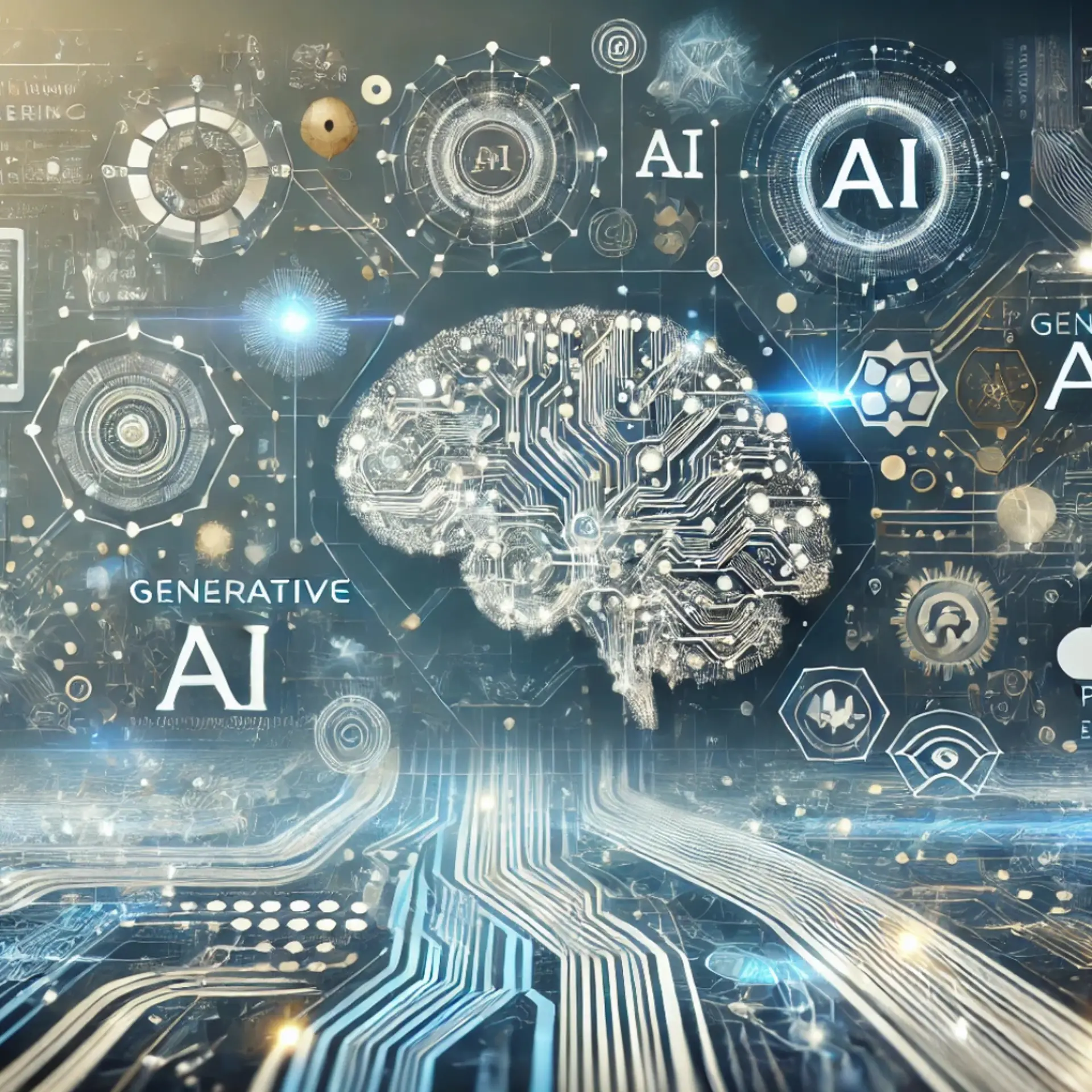In Theory v. In Practice: The India Development Gateway
In line with its National E-Governance Plan, the Government of India recently launched the India Development Gateway, which seeks to “foster inclusive growth and empower its rural users through relevant information in six languages – Hindi, Telugu, Tamil, Marathi, Bengali and English.” In addition, the portal aims to provide information on agriculture, health, primary education, rural energy and e-governance, namely in the form of government schemes and other services.
Before I go any further, a primer on the National E-Governance Plan:
The Government of India has formulated the National E-Governance Plan with the vision of providing all government services in an integrated manner at the doorstep of the citizen, at an affordable cost. The NeGP initiatives consist of 26 Central, State and Integrated Mission Mode Projects (MMPs) along with 8 other support components for rapid introduction of e-governance in the country. The NeGP envisions a three pillar model for delivery of “web-enabled Anytime, Anywhere access” to information and services in rural India.
According to President Patil, the gateway has the potential to benefit a large swath of the rural population:
“A space has been created in the virtual world where knowledge and experience transcend geographical distances to benefit citizens at the last mile,” said President Patil in her address.
The portal would help connect panchayats across the country, making them “knowledge hubs” and help inform on various government schemes and their benefits, said the President.
This initiative is yet another attempt to harness the untapped power of information technology for the benefit of the rural poor. Minister of Communication and Information Technology, Thiru Raja, “expressed hope the portal would help synergise different government initiatives by becoming a nerve centre of knowledge for the rural masses.”
The question that remains unanswered is this – what vehicle will the rural poor use to access these services?
To illustrate the enormity of this issue, a small anecdote – I was recently in the villages surrounding Rajgurunagar, Maharashtra, and heard of similar, non-technology based initiatives to get information into the hands of the rural poor. In this case, the method was a “one-window” (yes, a physical window, not a window on the computer!) adaptation of this gateway, where people could (ideally) get any information they wanted regarding government schemes and income generation activities. The window soon shut down, however, as lines became too long, and supporting human infrastructure proved inadequate. Similarly, I found that even heads of the Panchayat I visited in the vicinity were ill informed about the types of government schemes available for those below the poverty line.
The question this prompted was an obvious one – if government officials themselves don’t have adequate information, how can we expect this type of knowledge to reach the rural poor, either through virtual or physical means?
Certainly, I won’t deny that progress is slowly being made, but information dissemination, in combination with proper supporting infrastructure, is lacking. The intermediaries of knowledge dissemination, or in this case, service delivery, need to be empowered first with the proper tools for implementation / application before any further steps can be taken.
For this reason, we here at ThinkChange India won’t jump with hope prematurely, and instead, will await the necessary infrastructure to bolster the implementation of this initiative. Any thoughts on this front?
Source: OneWorld South Asia






